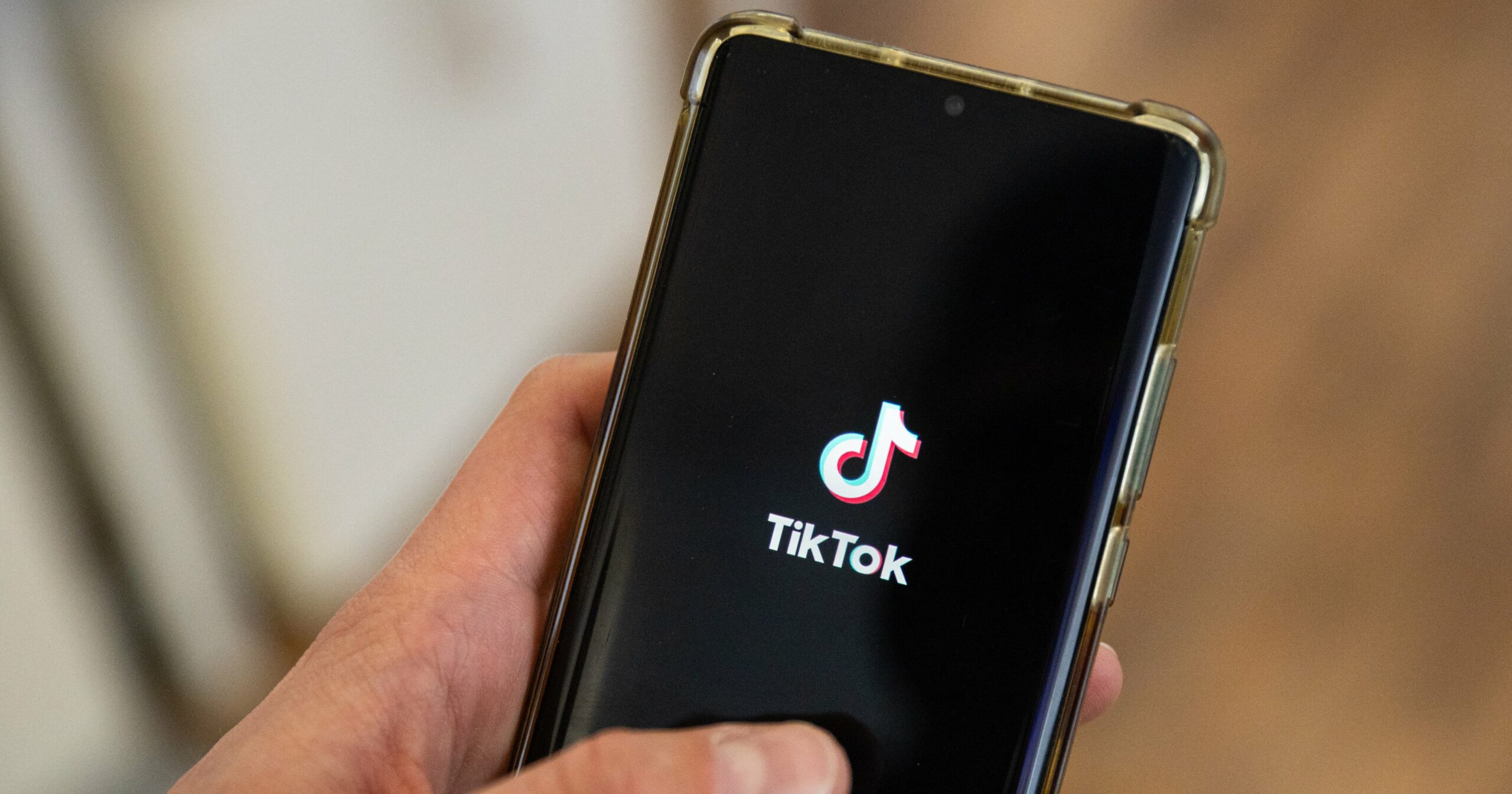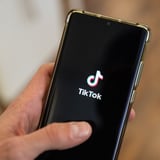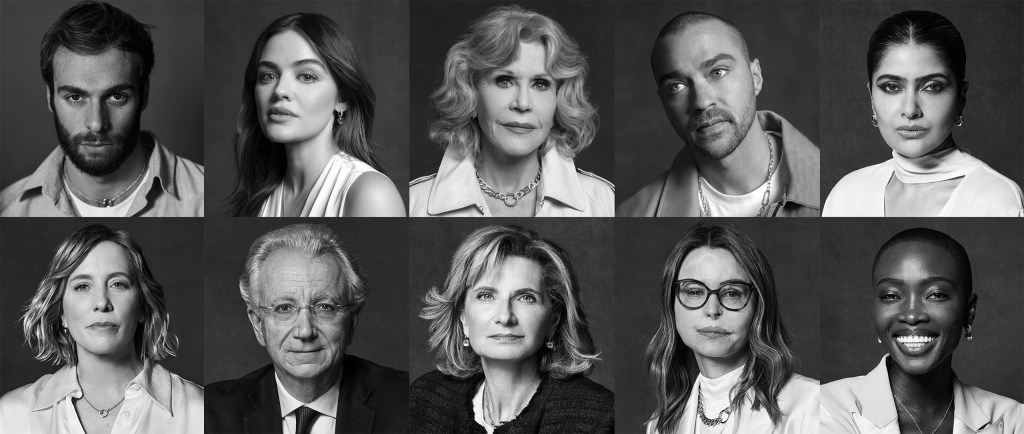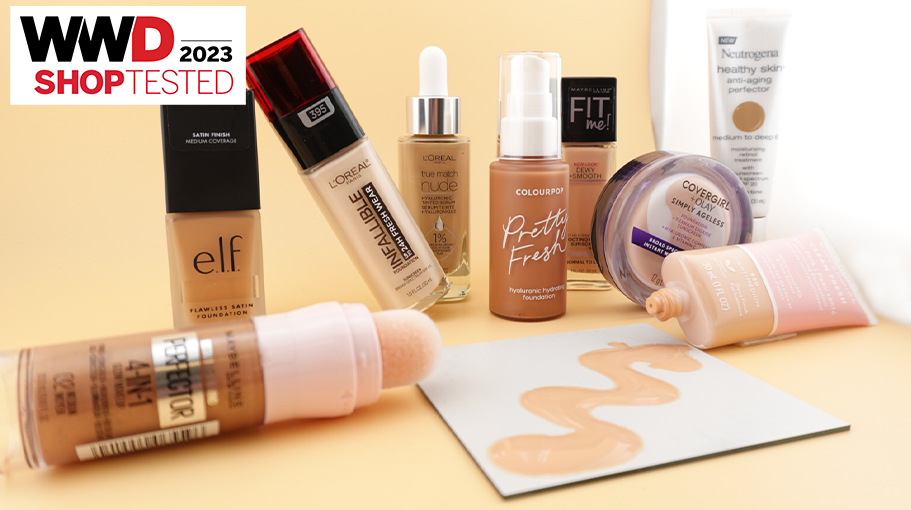“My eye is clearly not looking the best today, so let’s pack a hospital bag,” I said in my first TikTok to ever go viral. It was December 2021 and I was preparing to be admitted at the Mayo Clinic, two hours away from my hometown in Arizona. Having lost the vision in my right eye due to a mysterious inflammatory condition just a few weeks prior, I made the video as a way to give my friends (and technology-savvy grandma) a more personal update on my health. I had no idea that after hitting post, the TikTok would be seen by over two million people. By the time I saw the notifications, I was in a hospital bed with double IVs. Thousands of comments came pouring in, some of which include unsolicited medical advice, but most of which came from creators sharing their own experiences with chronic illness – adding to my video their personal hospital packing tips. As I continued making TikToks, I found more and more people within the chronic illness community – many of whom I’m still connected with to this day.
At the time of the original video, I was a 21-year-old who felt her health and independence had been stolen, and the anger was difficult to shake. “When I feel anything at all, it’s anger or fleeting laughter – an unexpected rage towards the people around me who will never know what I’m going through and will never truly want to,” I wrote in a journal entry on Dec. 3, 2021. “Because I don’t get a break. I don’t have an escape. It’s just all around me.”
The platform was a refuge and a resource, welcoming me into a community I never anticipated joining, but now feel honored to be a part of.
Most of my 20-something peers couldn’t relate to the depression I felt after surviving two strokes (also a result of my inflammatory condition), but TikTok could. My friends saw me gaining weight and didn’t understand that I was struggling on medication like corticosteroids, but TikTok did. My followers taught me how to advocate for myself and encouraged me to keep seeking medical care when I was close to giving up. They lifted me up when I still hated this new version of myself. The platform was a refuge and a resource, welcoming me into a community I never anticipated joining, but now feel honored to be a part of.
My health still hasn’t improved, but my relationship with my illness has. As I seriously consider removing my right eye, I lean on monocular content creators who understand the unique physical and emotional toll I’m about to go through. Now, with an ambiguous TikTok ban inching closer, I worry where this close-knit support will go. Will the chronic illness community be shuttered back to our respective Facebook groups? Will there be a mass-exodus to Instagram Reels? Certain hospitals offer communities and support networks, but few feel as authentic as the ones we build ourselves on social media.
In my personal experience, the TikTok algorithm offers connection, community, and tangible support. I think of creators like Kelcie Miller-Anderson, Emaje Harris, and Nicole Pedra, all of whom are sharing important, candid content about living with chronic illness. Lawmakers are quick to crack down on a platform when they can’t control it, but they don’t know how much TikTok actively helps people like us. I’m still not convinced TikTok will ever go away completely. But if a TikTok ban really does become a reality, my first priority will be finding my people. Connection is power, and I’m forever grateful to the chronic illness community on TikTok for helping me find my own.
Chandler Plante is an assistant editor for POPSUGAR Health & Fitness. Previously, she worked as an editorial assistant for People magazine and contributed to Ladygunn, Millie, and Bustle Digital Group. In her free time, she overshares on the internet, creating content about chronic illness, beauty, and disability.




